
Art is ‘vital’ for children’s cognitive development
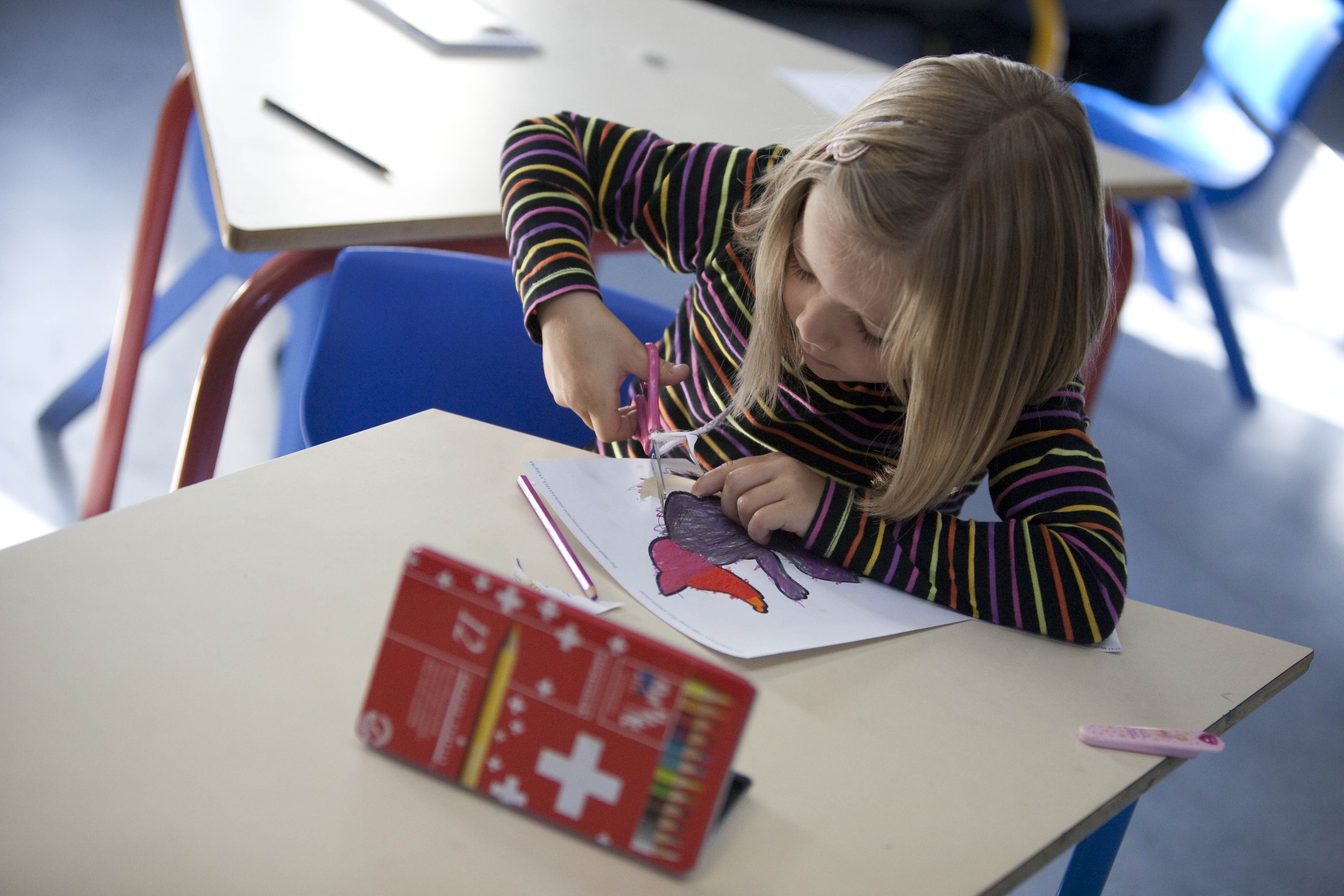
Technology plays an ever-increasing role in children’s production of art. All that is needed now are a few gestures or to slide a finger over a tablet screen. But is this to detriment of young people’s skills?
Every day new art apps go on sale, for every age group and interest. Paint like the Old Masters, create complex graphics, design an architectural work – with new technologies the possibilities in art and design are limitless.
In light of this development, does it make sense anymore to draw by hand and use traditional materials? Luigi Moro, visual training expert at the University of Applied Sciences and Arts of Southern Switzerland (SUPSI), is in no doubt. Teaching the art of drawing is just as important in the age of digitalisation, he argues.
Visual training adds to the development of pupils’ intellectual and intuitive skills and sharpens their sense of aesthetics and taste, Moro believes.
“The discovery that you can leave behind a sign with your hand which can emerge into a form and become an object, exerts such a potent magic, that in the end it will always triumph,” he says.
“When a student manages to create something beautiful with his or her own hands, that makes them happy. For this reason we have to train pupils and give them the instruments they need. We have to provide the conditions so that this training can be passed on.”
In this time of abstract and technical activities visual and educational art have become more important, Moro’s colleague Dante Laurenti tells swissinfo.ch.
Laurenti emphasises the negative effect new technologies have had on young people’s manual skills. “Ten years ago it took a month to teach sixth class pupils a clean style of drawing; now it takes six months.”
According to Laurenti the new generation “is losing manual dexterity because they are no longer used to using their hands”.
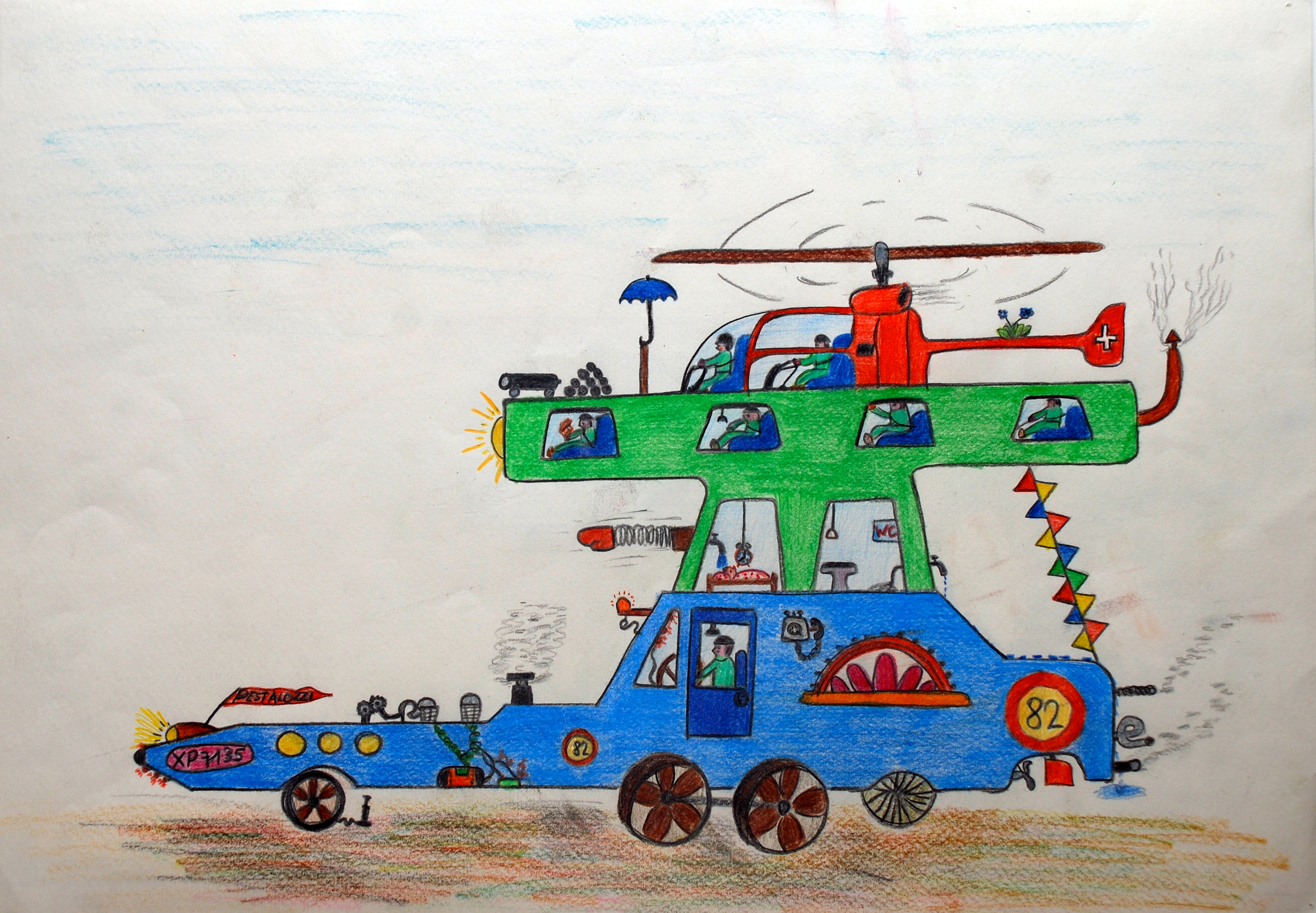
More
How children draw the world
Manual skills training
It is for this reason that there needs to be a time in school for learning what are one’s personal interests and strengths, particularly when if it might impact on a career choice later, says Moro.
“It is a daily struggle to make it clear how important drawing and educational art is for the training and cognitive development of the pupil.”
To get pupils interested, it is important that the classes are clearly worked out and of a high quality. “You have to offer a complex activity that is also suited to the skills of the pupils and structured in such a way that it will be a meaningful experience, with a realistic investment of time and effort.”
Cristiana Canonica Manz, art education expert at SUPSI, notes: “One finds satisfaction in [establishing] the relationship between the imagined object and the finished product. For this, an educational structure needs to be provided by a teacher.”
This structure is often lacking for drawing in primary schools where the teacher is often not specialised, Laurenti observes. “Even in primary school where pupils want to produce more structured and realistic drawings, there are situations where drawing is scheduled for the last two hours of Friday afternoon, almost as relaxation time.”
Schooling in Switzerland is a responsibility devolved to the cantons, meaning there are 26 different education systems in the country. The cantons are currently trying to harmonise their practices.
Laurenti believes that there is an opportunity now to increase the time allocated to drawing to four hours per week by reducing more abstract and intellectual subjects.
“This would also solve numerous problems for pupils of satisfaction and behaviour. And when pupils are happy, their performance in other subjects will also improve,” Laurenti says
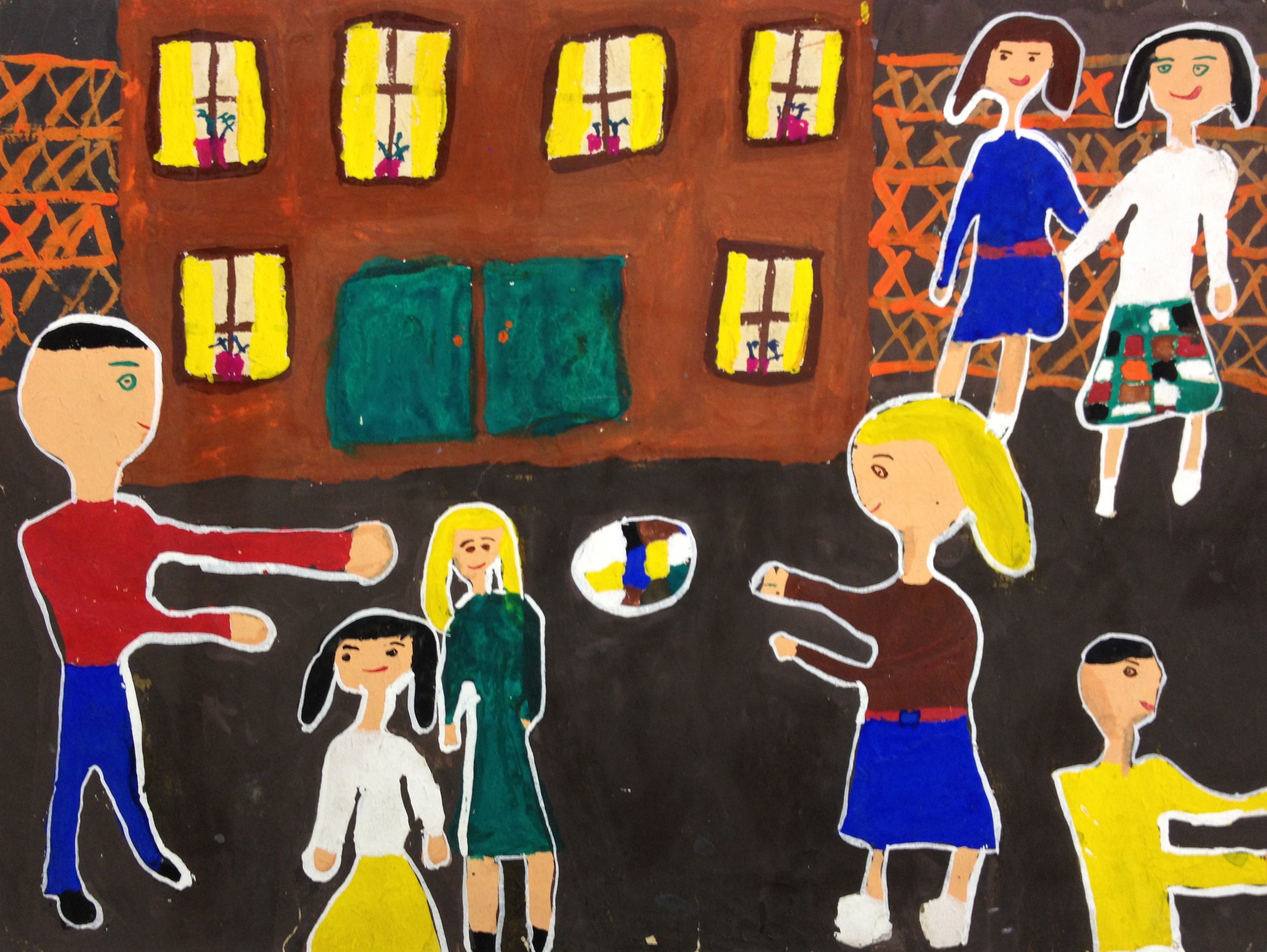
More
A century seen through children’s eyes
Balance and intelligence
That does not mean that the new means of information technology should be ignored, Moro said. “That would be totally wrong. It is much more about introducing this in a meaningful balanced way, in an active and intelligent way and as a stimulus.”
Canonica Manz adds: “The challenge for the teacher is to know these methods and make them understandable to children. So that on the one hand the experience with information technology is different to that which they are having outside school, and that on the other hand manual skills also remain essential.”
The value of manual skills has been explicitly recognised during recent school reforms and as part of preparations for the harmonisation of compulsory school systems. The middle school syllabus of canton Ticino, for instance, notes that “manual skills are an important and irreplaceable time for the harmonious growth of pupils”.
However things are developing ever further in the other direction, not just in school but also in society, and opportunities to engage in manual or craft activities are shrinking. That is why schools need to offer the space and tools for it, Moro says.
To do otherwise would be to deprive children of the right as a citizen to “benefit from this type of intelligence”.
Schooling in Switzerland is a responsibility devolved to the cantons, meaning there are 26 different education systems in the country. The cantons are currently trying to harmonise their practices.
In 2006 Swiss voted to add a national education article to the constitution. The constitutional amendment came into force in 2009.
Progress so far will be reviewed in 2015. Under evaluation: whether national education goals have been reached and if harmonisation has been sufficient. If not, the state can introduce the necessary steps to firm up the constitution.
(Translated by Clare O‘Dea)

In compliance with the JTI standards
More: SWI swissinfo.ch certified by the Journalism Trust Initiative







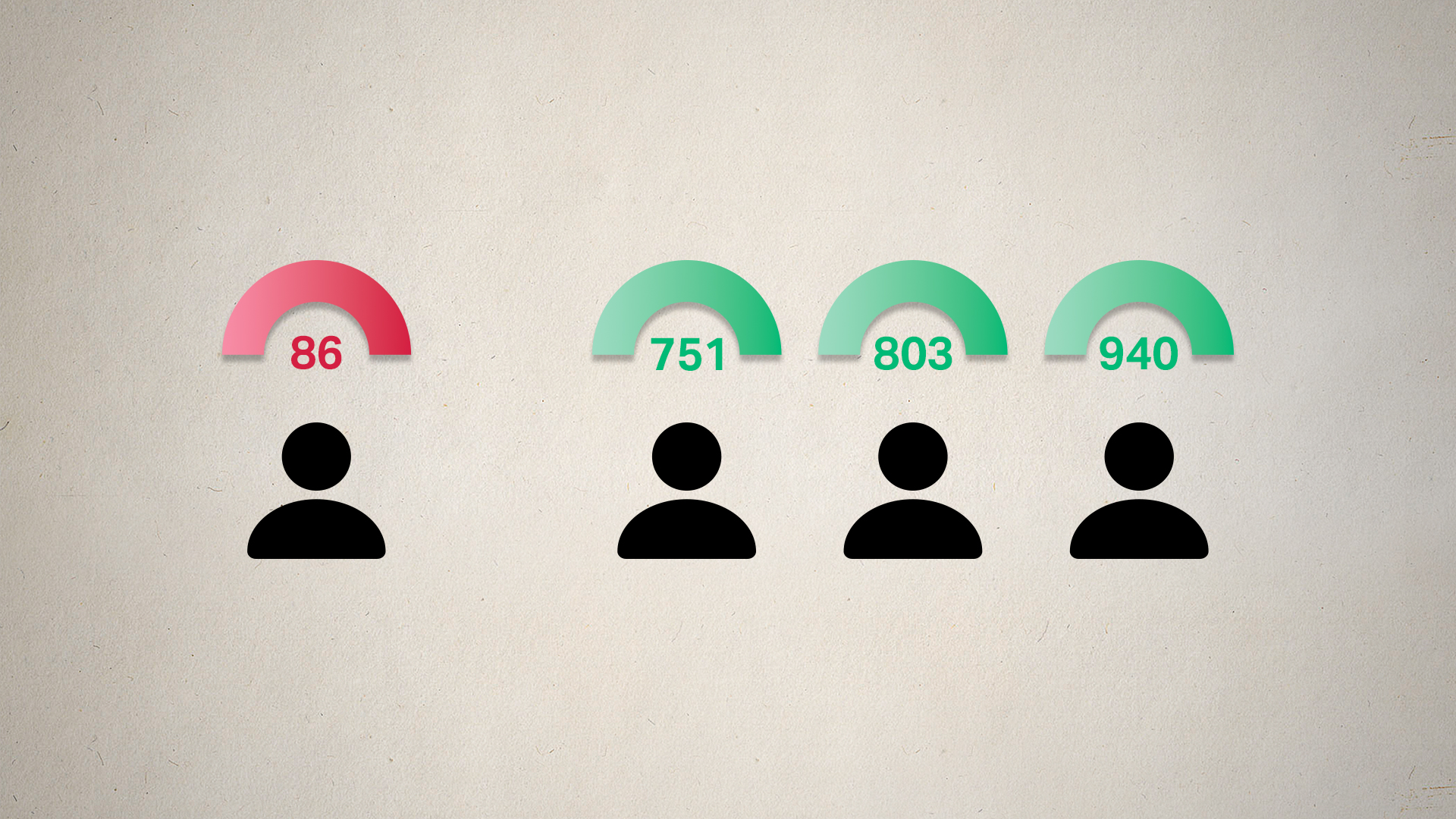


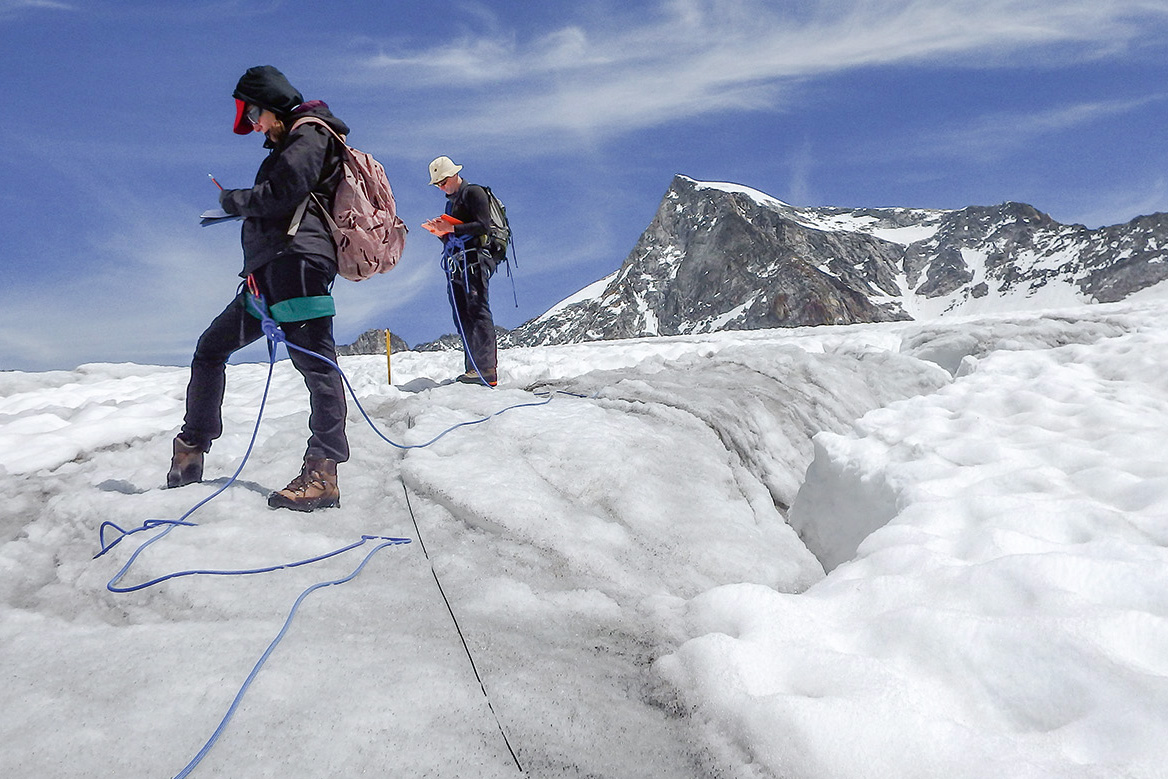

























You can find an overview of ongoing debates with our journalists here . Please join us!
If you want to start a conversation about a topic raised in this article or want to report factual errors, email us at english@swissinfo.ch.